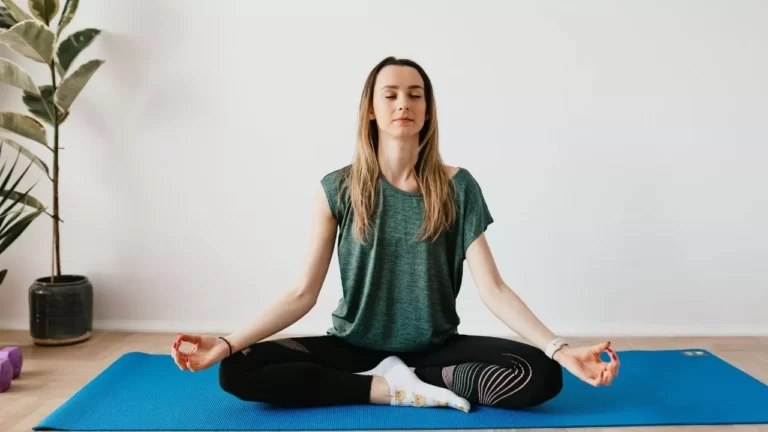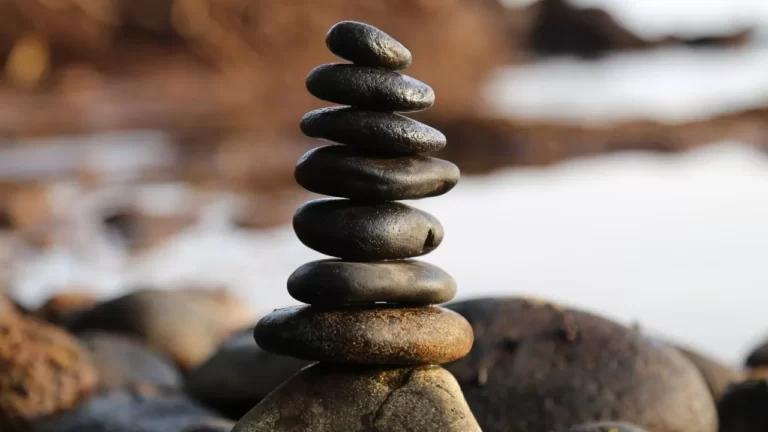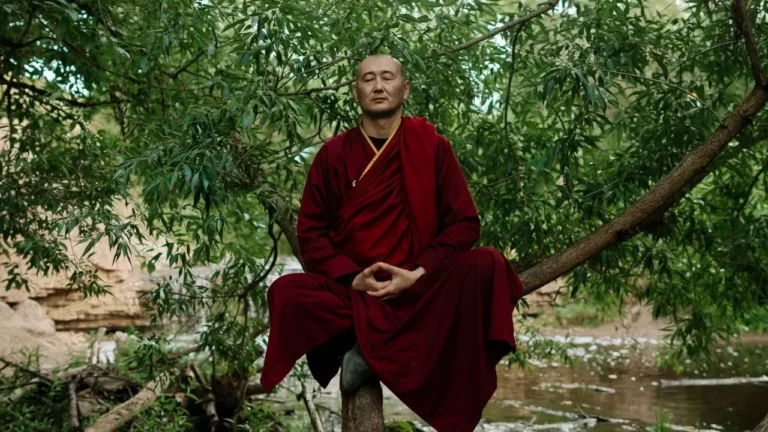Guided Vipassana Meditation for Beginners in 2022
Guided Vipassana Meditation uses Sati (mindfulness) and Samatha (calm) for mindfulness breathing to gain insight into the true nature of our reality.
What is Vipassana Meditation?

Vipassana means Vi=Special and Passana=Seeing it means special-seeing or can be called as “Insight”.
According to Thanissaro Bhikkhu, in the Sutta Pitaka(Buddhist Literature) the term “Vipassana” is hardly mentioned, while they always mention” Jhana” as the meditative practice.
And “Samatha, Jhana, and Vipassana were all part of a single path of enlightenment.
When Vipassana is mentioned, it is always in working together with Samatha meditation, as a pair of qualities of mind which are developed.
Vipassana is about perceiving reality by using senses and Samanta is about focusing the mind on one thing to get inner constancy.
Vipassana teaches you to experience the truly happening to you, around you, and within you. It is a process of self-discovery.
We need to experience the true meaning of being alive. Vipassana meditation is self-exploration training that trains your mind to be focused and calm. It discovers deep interconnection between our mind and body.
Forget everything you have been thought about and forget all theory just listen and feel to your body.
History Of Vipassana Meditation
Vipassana meditation is one of the ancient meditation techniques in India. At 2500 years ago, Gautam Buddha rediscovered it and reintroduced it in India.
The disciples of Gautam Buddha spread it in neighbouring countries like Myanmar (Burma), Bhutan, Sri Lanka, etc. After about the 5th century, it is disappeared from India. But the country Myanmar (Burma) preserved it in its pure form.
S. N. Goenka brings back the Vipassana technique in India. S.N. Goenka, Mahasi Sayadaw, and Sayagyi U Ba Khin made vipassana meditation available worldwide.
Guided Vipassana Meditation for Beginners
Vipassana meditation should be practiced properly with proper meditation techniques as follows:
- Sit comfortably and the Vipassana meditation technique should be practiced with the legs crossed. make sure that you sit with your back erect
- Fold your hands in Gyan Mudra. Place your hands on your thighs with the palms facing upwards.
- Close your eyes. Breathe in and focus on your abdomen. Breathe in a relaxed manner. When we focus on the breath, we stop ourselves from daydreaming and we calm the “Diverting Mind”.
- As you breathe, focus on the sensation of the breath in your body. Become aware of the entire breathing process. Take twenty to thirty count breaths in this way.
- Reach down with your mind and feel the sensations arising in your abdomen. Concentrate on the breath in the abdomen. Breathe in and out with both body and mind.
- Be mindful of the entire process as one movement. The focus of our mind should be natural and relaxed, there should be no mental stress. Rest the mind on the present moment.
- It can be challenging to maintain focus. If your attention wanders here and there, start saying to yourself, “My breath is rising and now falling slowly.” Describing the movement of your breath in this way will help you to maintain focus. simply tell yourself, “I am concentrating on my breathing.
- Simply guide the mind back to the rising and falling of your breath. Remember, when you’re learning how to do the Vipassana meditation technique, don’t be in rush. If you are sitting at home when the doorbell rings pr someone shouts, your mind will immediately jump at the sound. This is just an example. At this moment our sound can divert your mind. We quickly lose focus and instead of focusing on breathing, we pay attention to this sound or moment. It is a sensation. This helps your mind to recognize the nature of external events around us. Having noticed this sensation just return your focus on your breathing.
- At times you will notice all sensations around us. Just label these sensations by describing the way the sensation feels. If you feel warm air around us just observe that sensation and say, “cool movement.” if you see an image in your mind, label it “Imaginary image.” If you imagine hearing a sound, say “Imagined good sound”. By this mindful imaginary practice, you will train your mind to understand the true nature of our working mind process.
There is a specific way to end the Guided Vipassana meditation technique. When you are done with this meditation, don’t just open your eyes. Instead, open your eyes slowly.
Whenever thoughts enter your mind, label them in the manner described above. This helps to grow own insight and mindfulness in our daily life.
Benefits of Vipassana Meditation
There are many mindful benefits of Vipassana Meditation. Let see few of them as follows:
- Insight into the reality of the mind
- Reduces the effects of negative thoughts
- Lowers personal biases
- Purifies thoughts, speech, and deeds, make respectful and calm.
- Helps to overcome suffering in both body and mind.
- When you practice Vipassana meditation at home you will learn to be less reactive in your everyday life schedule.
- We can control our emotions
Read More:
Conclusion
The guided Vipassana Meditation technique teaches us to be less reactive and be calm in every situation. It trains the mind effectively.
Nowadays everyone wants to be free from the negative aspects of home, work, and personal life. If you want to truly free your mind, meditate on this practice in your everyday life.
Vipassana meditation requires hard work and determination. It is a very popular meditation, you can find many websites, books and, centers all around the world.
FAQ:
Q . Is it necessary to take a 10-day course to learn Vipassana Meditation?
A. Yes. Without taking a course it is impossible to learn Vipassana meditation. It requires rigorous practice and an appropriate environment – strict rules and discipline. Many other courses of vipassana of different durations are conducted by the vipassana centers.
Q. Can children learn Vipassana meditation?
A. Yes. Almost every vipassana center has courses for children of age group 8 to 17 years.
Q. Which are the famous Vipassana centers in India?
A. Dhamma Giri at Igatpuri, Dhamma Thali at Jaipur, Dhammalaya at Kolhapur, Dhamma Pattana at Mumbai, Dhamma Sota at Delhi, Dhamma Paphulla at Banglore, Dhamma Punna at Pune, etc.
Q. Does one have to be Buddhist to learn Vipassana?
A. No. Vipassana can be learned by any religion and caste people.






